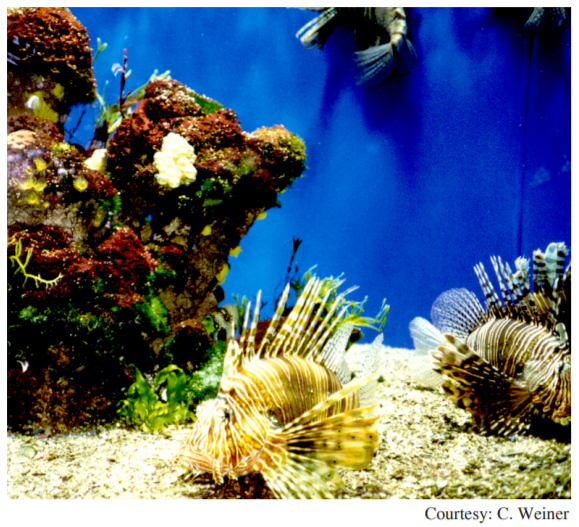Marine Genetic Resources beyond National Jurisdiction – Coordination and Harmonisation of Governance Regimes
Arianna Broggiato*
European Bureau for Conservation and Development, Brussels, Belgium
*Corresponding author (currently at MARE, European Commission, Brussels, Belgium)
EPL, Vol.41, Iss.1, pp.35-52, 2011

